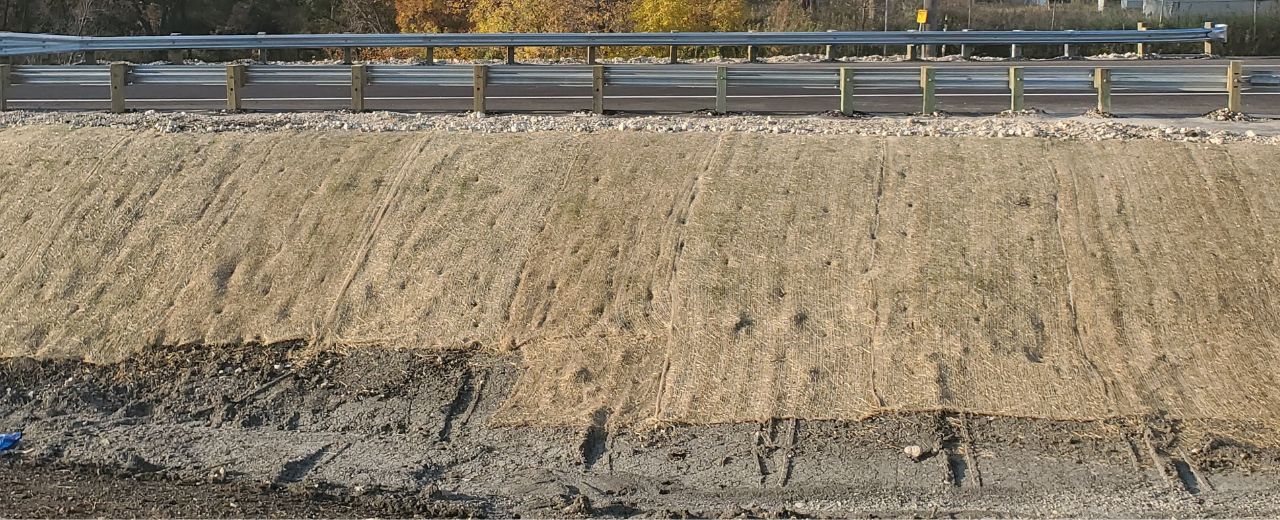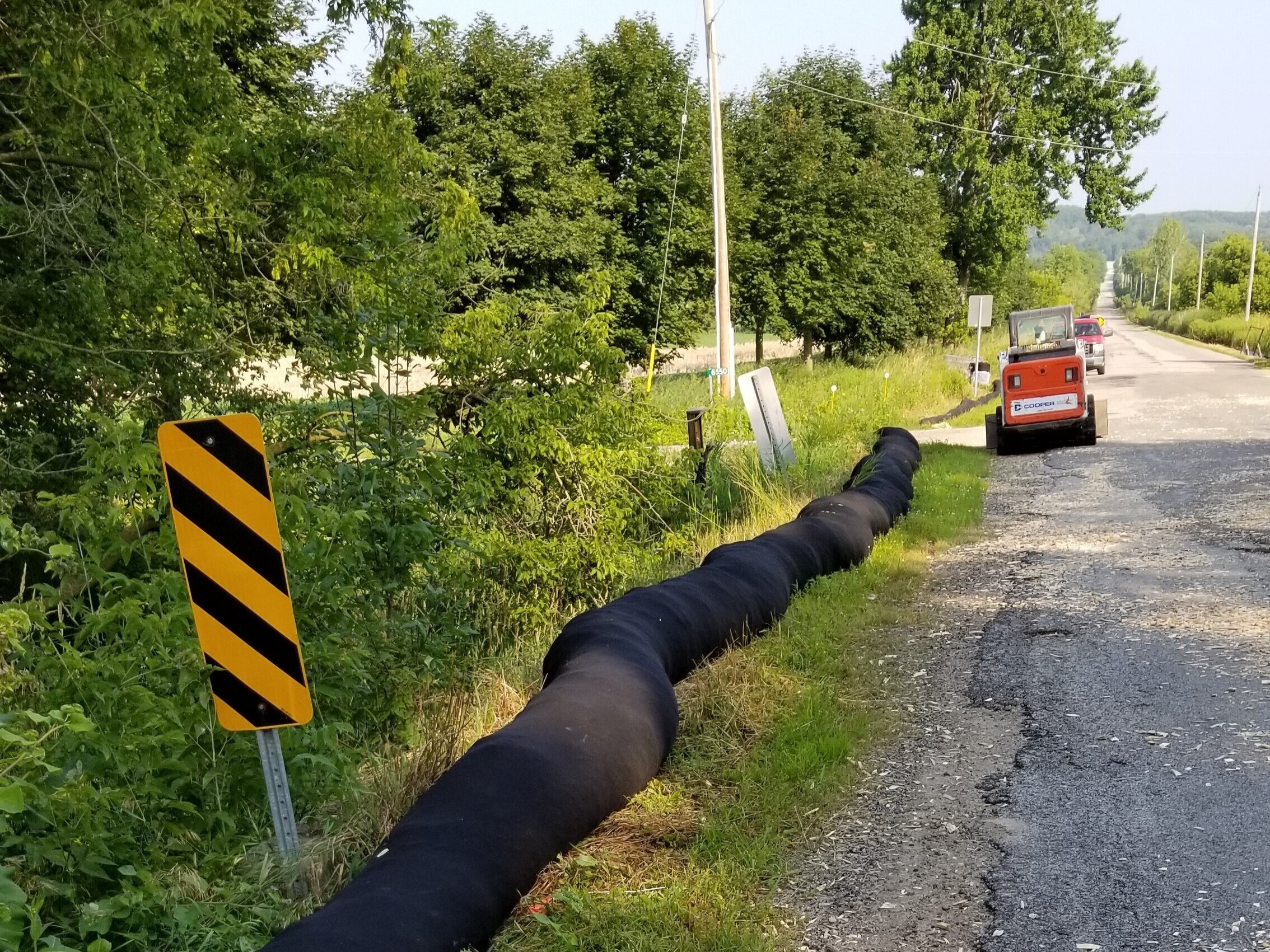Memphis Erosion Control Solutions Memphis TN: Your Regional Erosion Control Professionals
Wiki Article
Ideal Practices for Disintegration Control in Construction Projects
Are you functioning on a building and construction task and worried about disintegration control? In this article, we will lead you via the finest practices for avoiding disintegration on your site. Memphis Erosion Control Solutions trenching. Obtain ready to deal with disintegration head-on and make certain the success of your building and construction task.5 Crucial Disintegration Control Techniques

To successfully control disintegration on your construction website, you'll need to implement vital methods such as incline stabilization and debris control actions. Incline stablizing is crucial in protecting against soil erosion on steep slopes. You can attain this by utilizing techniques like terracing, which includes developing horizontal steps on the incline to slow down water circulation and advertise the absorption of rain. An additional effective strategy is making use of disintegration control blankets or mats, which are positioned on the slope and help maintain dirt particles while enabling vegetation to grow. Debris control steps are additionally important to avoid sediment overflow right into nearby water bodies. One effective technique is the installment of silt fences along the border of the construction site. These fences work as barriers, recording sediment-laden water and permitting it to settle before it gets to the water bodies. Furthermore, you can use debris containers, which are momentary retention ponds created to catch debris and permit water to gradually drain pipes off. Executing these necessary disintegration control techniques will certainly aid lessen the unfavorable ecological effect of your building and construction task and make sure compliance with policies.
Reliable Debris and Overflow Management

You can properly handle debris and drainage in your building and construction project by implementing appropriate disintegration control measures. Sediment and drainage administration is important to avoid erosion and protect the surrounding environment. One effective procedure is the installment of silt fencings along the border of the construction site. These fencings help to consist of debris and avoid it from going into close-by water bodies. Another vital technique is the implementation of erosion control coverings or mats. These coverings supply a protective layer on bare soil, minimizing the impact of rainfall and stopping erosion. Additionally, the use of debris containers or debris traps can help to capture debris and prevent it from getting in stormwater systems. Normal maintenance of these procedures is vital to ensure their performance throughout the building and construction task. This consists of checking and cleaning up sediment containers and consistently changing silt fences and disintegration control coverings as needed. By implementing these disintegration control procedures, you can effectively handle sediment and runoff in your building and construction job, minimizing the impact on the environment and following governing demands.
Trick Considerations for Incline Stabilization
You need to meticulously examine the slope's qualities, such as its composition, drainage, and angle patterns. Look for indications of erosion, such as subjected roots, splits, or down dirt.When you have determined the unpredictable locations, you can start applying measures to stabilize the incline. One usual approach is making use of maintaining wall surfaces or terracing to create a collection of level steps, which can help distribute the weight and stop further disintegration. Another choice is to grow plants on the incline, as the origins can aid secure the dirt and control erosion. Furthermore, mounting disintegration control blankets or floor coverings can supply instant security while plant life comes to be well-known.
It's important to regularly monitor the supported slopes to guarantee their effectiveness. Maintain an eye out for any type of signs of activity or erosion, and take instant activity if essential. Normal maintenance, such as checking and fixing any broken procedures, is also important to make sure lasting stability.
Ideal Practices for Plants and Dirt Protection
One reliable way to secure plant life and soil on slopes is by routinely inspecting for indicators of erosion and taking prompt action if required. By being positive and watchful, you can avoid additional damages and guarantee the stability of the slope. Begin by evaluating the incline for any signs of erosion, such as subjected roots, bare soil patches, or sediment build-up near the bottom. It is vital to resolve the concern without delay if you see any of these indicators. Implement disintegration control actions such as setting up disintegration control blankets, mulching, or perhaps building keeping walls if required. In addition, growing plant life can dramatically aid in maintaining the dirt. Choose indigenous plants that have deep origin systems, as they are a lot more efficient in preventing disintegration. Make certain to click to read routinely assess the health of the plants and give needed maintenance, like watering and fertilizing. Bear in mind, disintegration can rapidly aggravate and cause extreme damages, so it's necessary to resolve it immediately. By taking positive measures and routinely monitoring the slope, you can safeguard the greenery and dirt, guaranteeing the long-lasting security of the location.Carrying Out Proper Drain Equipments
To properly carry out correct drainage systems, it's critical to consider the slope gradient and soil kind. Recognizing these factors is important when it comes to taking care of water flow and stopping disintegration. The incline gradient plays a significant role in figuring out how water relocates across the land. Steeper inclines can bring about faster water flow, boosting the threat of disintegration and flooding. On the various other hand, gentler inclines permit water to flow much more gradually, minimizing erosion capacity. By analyzing the incline gradient, you can design an effective drainage system that accommodates the natural water movement.Sandy soils often tend to drain pipes faster due to their crude appearance, while clay soils have a slower water drainage rate due to their compact nature. Furthermore, taking into consideration the dirt qualities aids stop waterlogging, which can lead to inadequate plant growth and damage to frameworks.
Conclusion
To conclude, when it concerns disintegration control in building projects, you have to follow these finest practices. Carry out effective debris and drainage management methods to avoid air pollution. Consider incline stabilization techniques to make certain the stability of the site. Shield greenery and soil by utilizing proper measures. Establish appropriate water drainage systems to manage water flow (Memphis Erosion Control Solutions Memphis TN). By adhering to these important methods, you can successfully regulate erosion and ensure the success of your construction job.To efficiently control disintegration on your construction site, you'll need to execute necessary methods such as slope stablizing and debris control measures. Slope stablizing is crucial in stopping dirt erosion on steep slopes. One more effective method is the usage of disintegration asla joblink control coverings or floor coverings, which are positioned on the incline and aid keep soil particles while permitting vegetation to expand. Another option is washed river rock to plant greenery on the incline, as the roots can help anchor the soil and control disintegration. Implement erosion control procedures such as installing disintegration control blankets, mulching, or also creating preserving walls if needed.
Report this wiki page